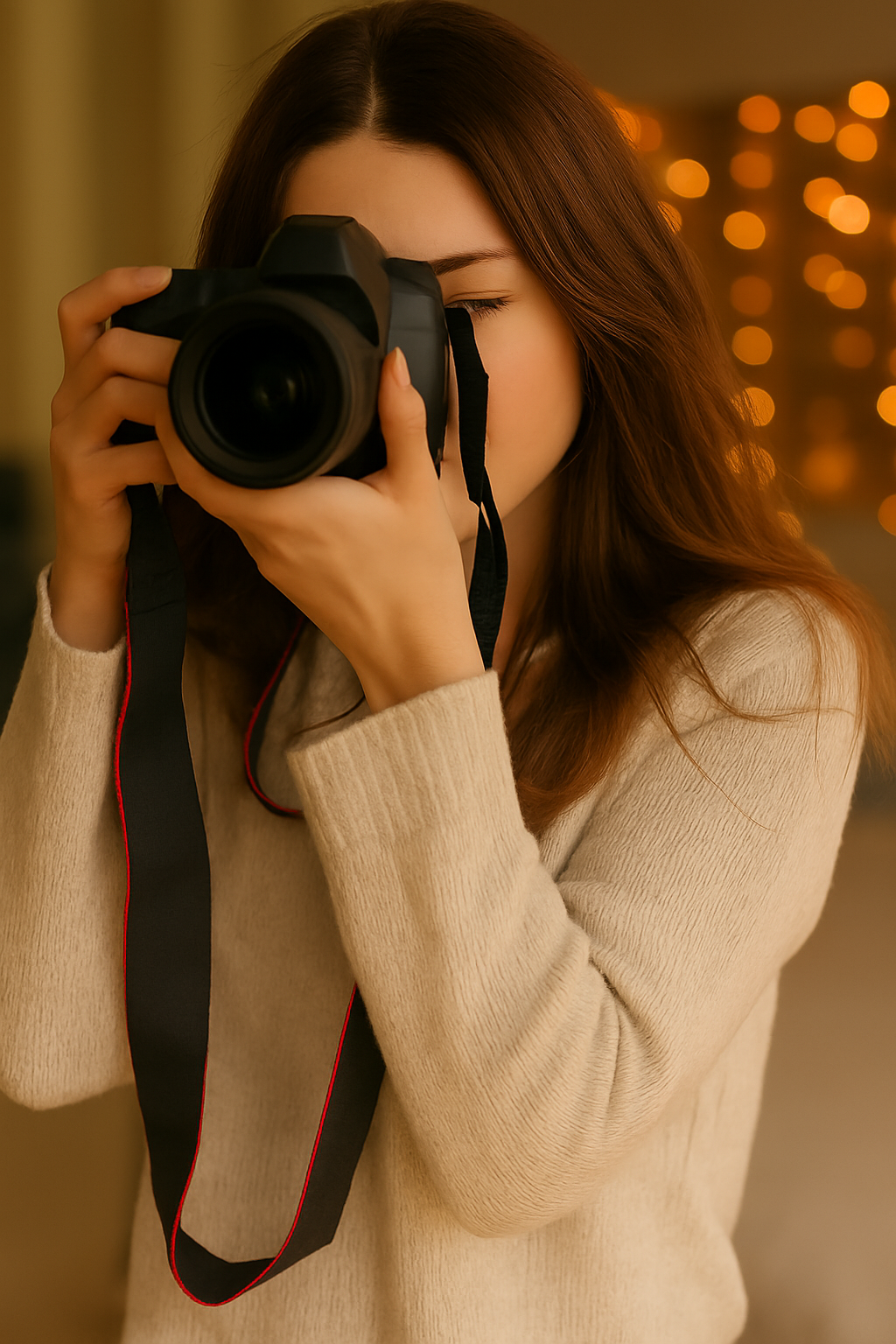I have recently jumped to using speed lights in favour of cumbersome strobes for 90% of my shooting. The only regret I have is that I did not do this earlier. This change has opened up so many possibilities for me as a photographer, as I like to get out of the studio as much as possible and produce images that make use of a combination of both natural and artificial lighting.
Flash photography can be daunting to many up and coming photographers at first, and as a tutor, I can always detect a sense of dread in my students when they know we will be shortly tackling the subject of off-camera speed lighting.
Admittedly, it can be a steep learning curve when beginning to tackle photography lighting in this way, but the rewards far outweigh the time and effort you may have to put into mastering the craft when starting.

Photo source: Shutterstock.
Speed lights
For starters, speed lights are relatively cheap compared to studio strobes, which is especially true if you can manage to pick up some second-hand units in good shape. There are several ways of triggering them once you have gotten them off the camera.
These include using a triggering cable that connects the camera and speed light, line of sight whereby a master unit can trigger other units by sending a signal to them, or, my preferred option, using a transmitter on the camera and receivers for the speed lights.
If you are going with the transmitter and receiver option, my advice would be to invest in a good brand like pocket wizards, as some of the cheaper brands are known to falter and will inevitably let you down at some stage.

Photo source: Shutterstock.
Accessories
Accessories for speed lights are also remarkably cheap and compact, with many brands offering diffusers, lightweight stands, clamps and reflectors at very reasonable prices. This means that you can get yourself set up and replicating a professional photography studio on a small enough budget.
The speed lights themselves offer several ways of shooting, including TTL (through the lens) and full manual control.
I like to have complete control of the flash output of each individual flash, so I generally shoot in full manual mode. However, I will often change to TTL when I don't have the luxury of time to sculpt my lighting set-up.

Photo source: iStock.
Expert advice
My advice would be to go for it, get out there, borrow some speed lights if necessary, start experimenting, and see how it goes.
There are tons of tutorials available free online, and, to be honest, this is how I learned a lot of what I need to know about speed lighting. By far, the best book I have found on the topic is Syl Arenas "Speedlighter's Handbook," so try to get a look at this before buying any equipment, and I'm sure you will get the bug for what is a fantastic way of shooting.
If you're looking to take your skills to the next level, have a look at our accredited photography courses.

